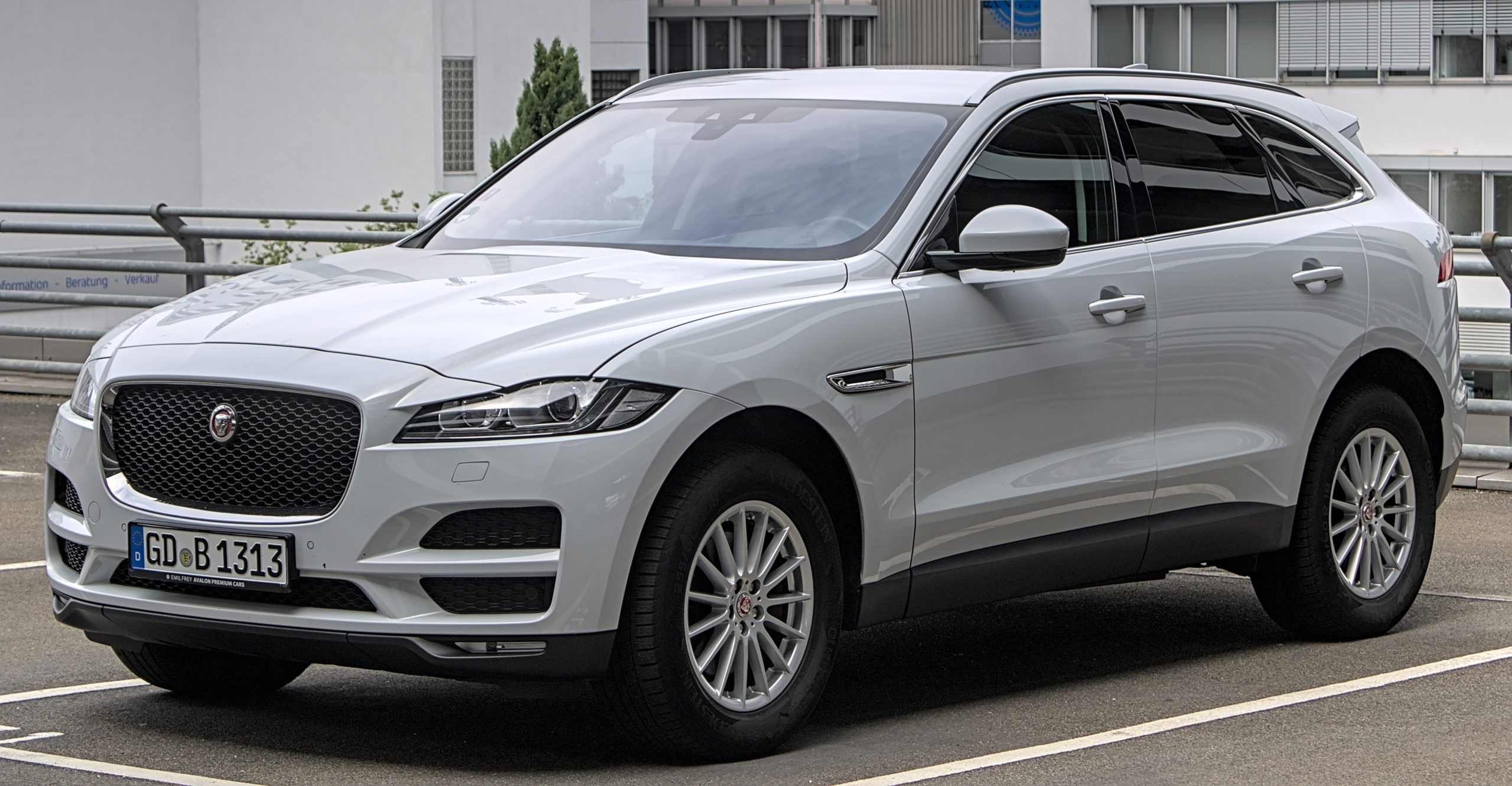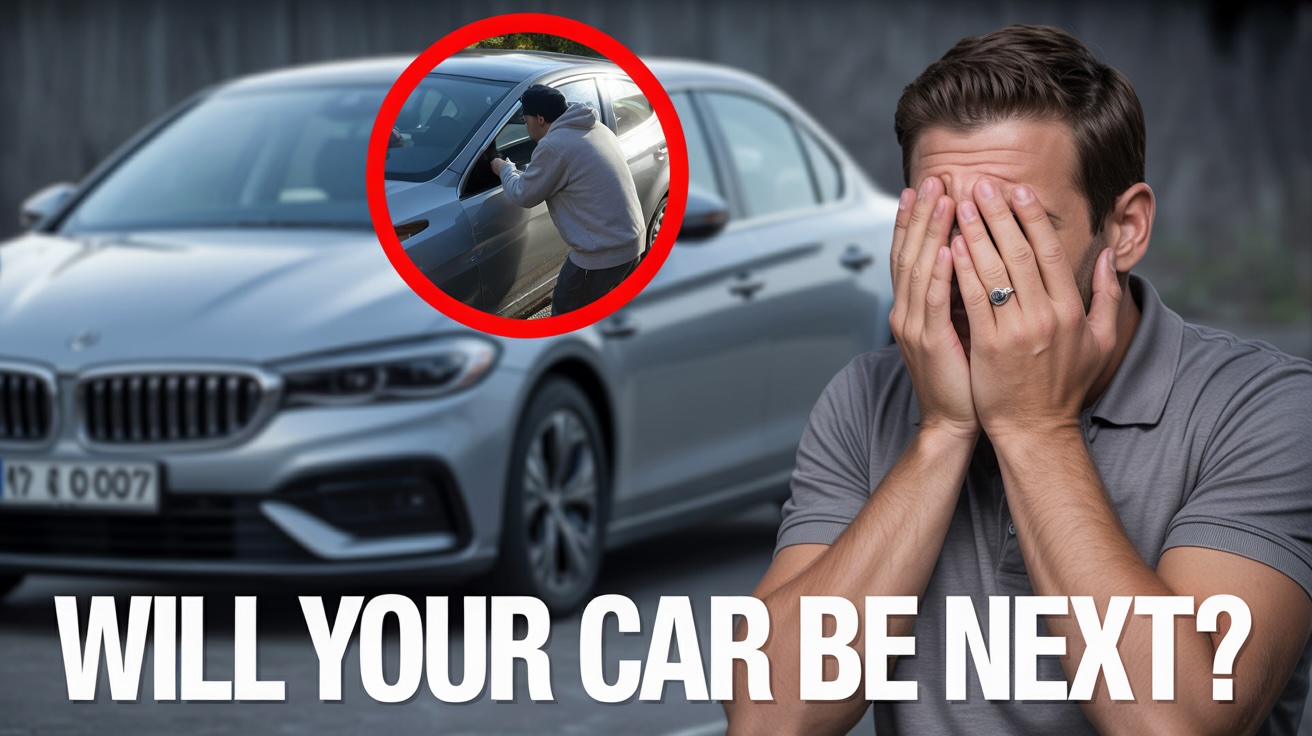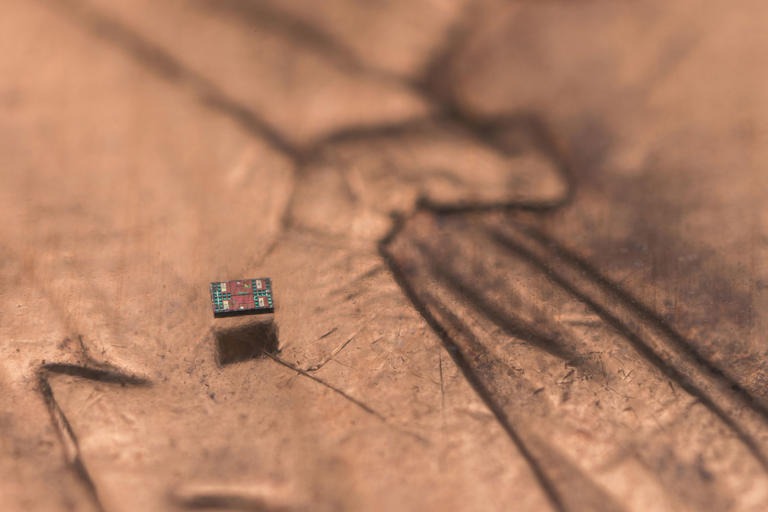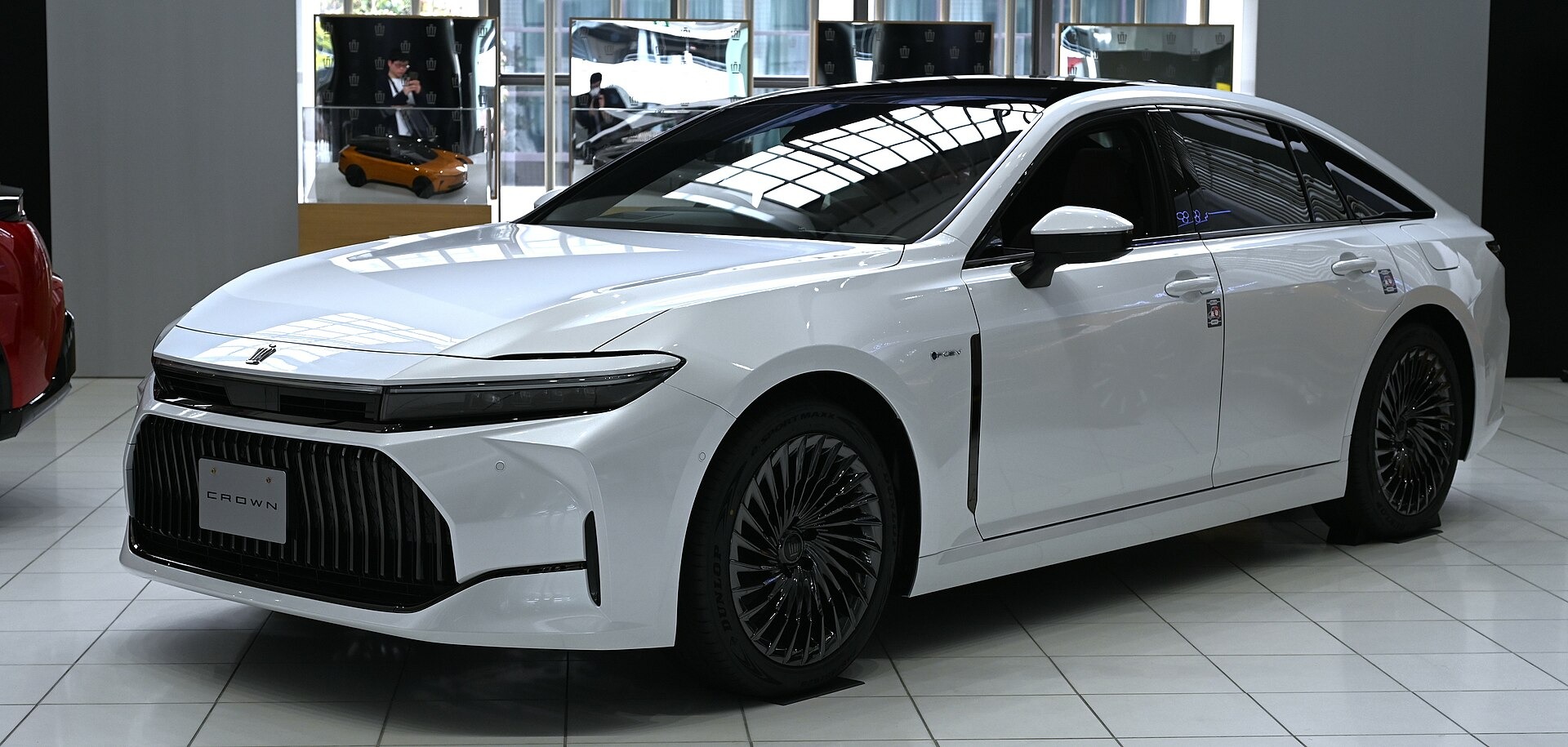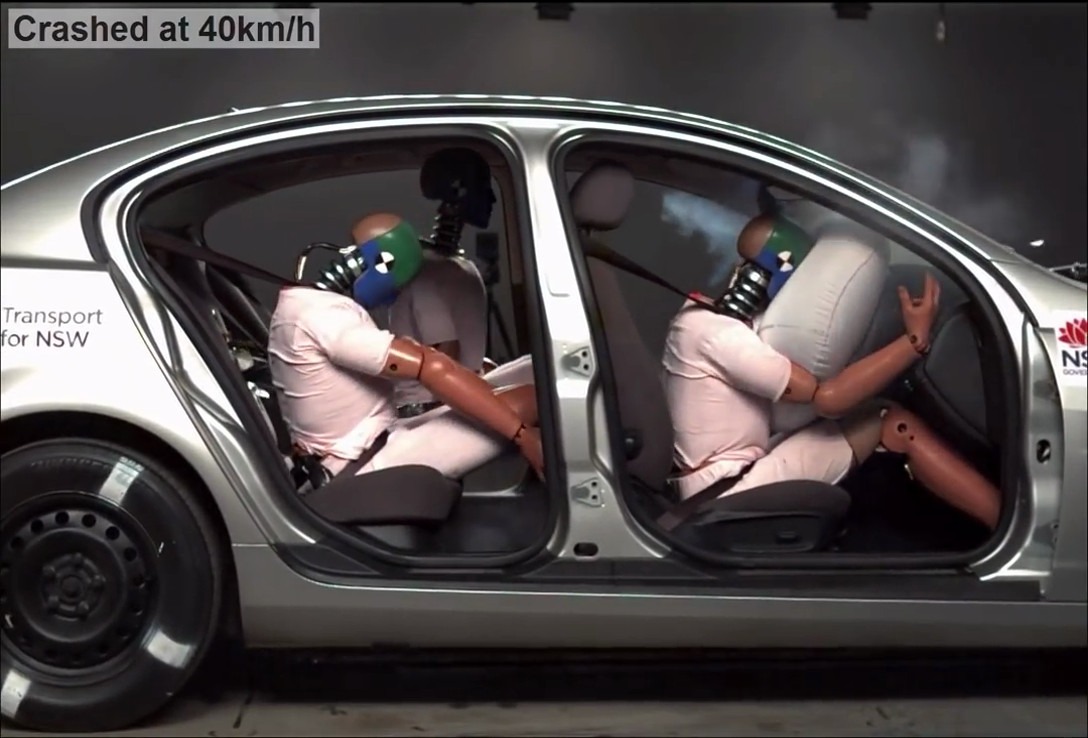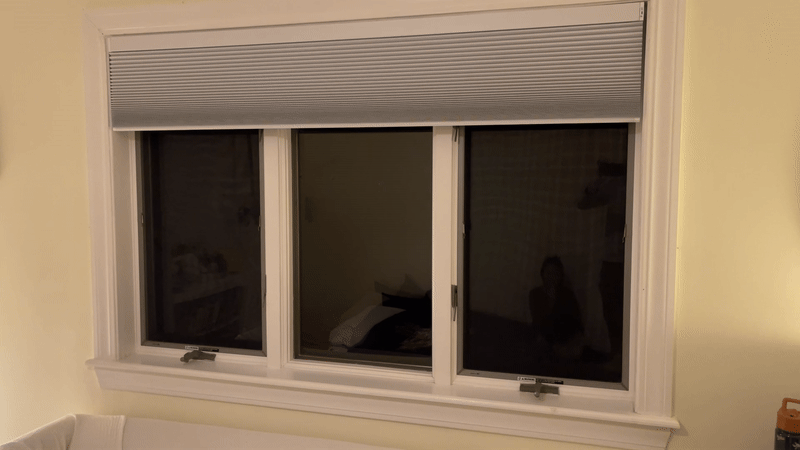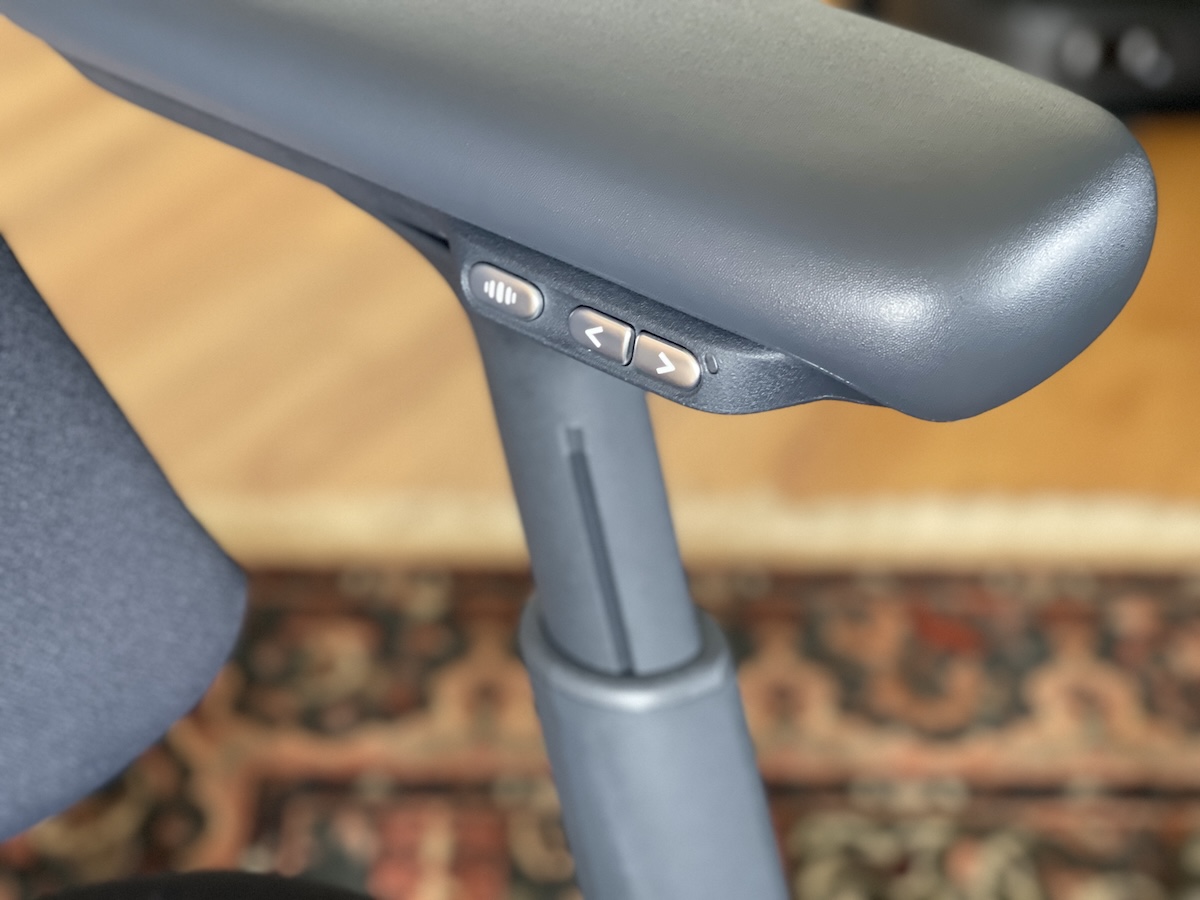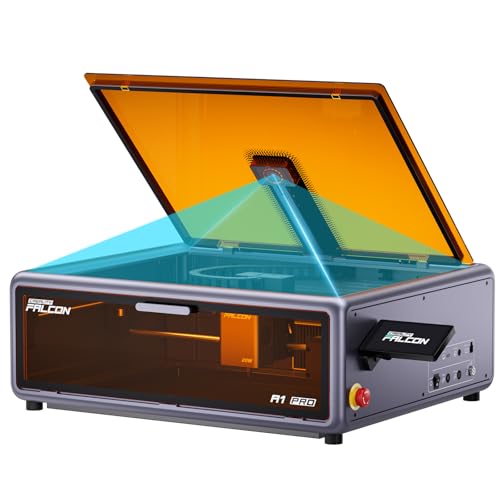We know that dead phones get replaced in minutes, but dead cars strand you for weeks. This year’s automotive landscape resembles a Netflix series where every promising pilot gets canceled—except you’re stuck paying for the entire season. Several 2025 models are already generating the kind of owner horror stories that make CarMax executives smile.
Only 33% of Jeep Grand Cherokee 4xe owners would purchase again, according to consumer satisfaction surveys. That’s not just buyer dissatisfaction—that’s buyer revolt.
Electronics Failing Faster Than TikTok Trends
Premium brands are delivering budget-level reliability in luxury packaging.
The Jaguar F-Pace epitomizes this problem perfectly. Infotainment systems crash mid-drive, sensors malfunction randomly, and electrical gremlins multiply faster than conspiracy theories on social media. Transmission problems compound these issues with rough shifts and hesitation that make rush-hour commuting feel like automotive roulette.
Cadillac’s Lyriq showcases how not to launch an electric vehicle. Consumer Reports ranks Cadillac among 2025’s least reliable brands, with the Lyriq suffering frequent recalls and software bugs that cause unexpected power loss. When your EV can’t reliably deliver power, you’ve missed the entire point of electrification.
Legacy Problems in Modern Packaging
Some manufacturers are recycling old problems with fresh paint jobs.
Nissan’s Frontier proves that redesigns don’t automatically fix fundamental issues. Despite recent updates, buyers complain about rough ride quality, cramped rear seats, and the inexplicable absence of a telescoping steering column in 2025.
The GMC Hummer EV weighs more than some apartments and delivers efficiency numbers that would embarrass a 1970s muscle car. Early production units also face software reliability issues and charging infrastructure limitations that make urban use impractical.
Chrysler’s Pacifica Hybrid earns “very low predicted reliability” from Consumer Reports, with hybrid-specific components failing at rates that make traditional minivans look bulletproof.
The Real Cost of Automotive Optimism
These vehicles don’t just break—they break budgets with expensive repairs and plummeting resale values.
High-tech features mean high-tech repair bills that require dealer-only diagnostics. Early-production EVs face parts shortages that extend repair times into weeks, while complex electronics in luxury models like the F-Pace demand specialized technician knowledge.
The Dodge Charger Daytona’s uncertain market appeal suggests brutal depreciation ahead—great for used car buyers, terrible for anyone financing new. These reliability issues create a perfect storm of high ownership costs and poor resale protection.
Skip the automotive drama. Your wallet will thank you for choosing proven reliability over flashy features that fail.


